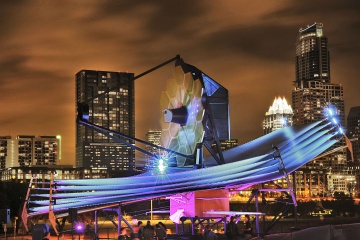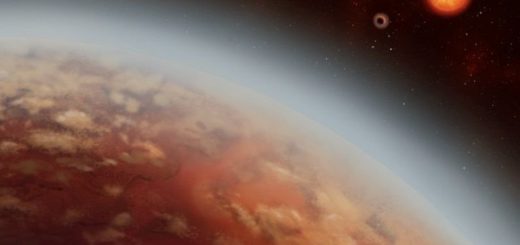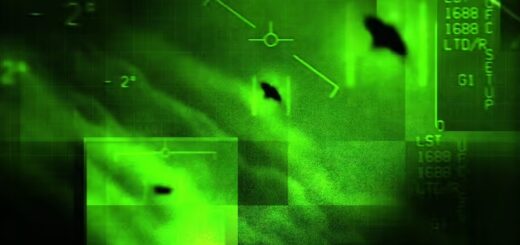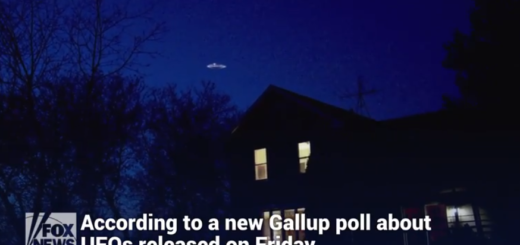How the James Webb Space Telescope Will Work

Our knowledge of our universe is bounded by the scope of our senses, but our minds know no such limits. When a campfire’s glow blinds us to the source of a twig-snap in the wooded darkness, we imagine all sorts of dire prospects. But step out a few paces, set the fire to our backs, and we see more deeply and clearly. Imagination meets information, and we suddenly know what we are dealing with.
If only it were always so simple. But it takes more than a good set of eyes and some distance from city lights to comprehend the cosmos; it requires instruments capable of expanding our senses beyond our evolutionary limits, our atmosphere or even our planetary orbit. Astronomy and cosmology are both compelled and limited by the quality of these instruments. Around 400 years ago, the telescope revealed unsuspected moons, planets and sunspots, sparking a succession of new cosmic theories and better tools to test them, revealing billowing nebulae and congregating stars along the way.
In the mid-20th century, radio telescopes showed that galaxies, far from static blobs, were in fact active and bursting with energy. Before the Kepler space telescope, we thought exoplanets were rare in the universe; now we suspect they might outnumber stars. Two decades of the Earth-orbiting Hubble Space Telescope helped pierce the veil of time, image stellar nurseries and prove that galaxies collide. Now, the James Webb Space Telescope stands poised to place its back to the sunlight, step away from Earth and make the keen, delicate observations possible only in the cold, dark spaces beyond the moon.
Slated for a 2018 launch date and team-built by 14 countries, 27 states and the District of Columbia, Webb is charged with answering some very ambitious questions. When the mighty telescope launches atop a European Space Agency Ariane 5 ECA rocket, it will mark the start of a new wave of aspiring ground- and space-based instruments, including several new observatories in Hawaii and Chile [sources: Billings; Overbye].
If it survives its launch and its 1-million-mile (1.5-million-kilometer) journey from Earth to its orbit of the second Lagrange (L2) point — one of five spots in the Earth-sun system where gravity will naturally hold a spacecraft more or less in place — it will take astronomers closer to the beginning of time than ever, granting glimpses of sights long hypothesized but never seen, from the birth of galaxies to light from the very first stars.



 Creators of mankind
Creators of mankind Description of “Tall white aliens”
Description of “Tall white aliens” Where they came from?
Where they came from? About hostile civilizations
About hostile civilizations The war for the Earth
The war for the Earth “Tall white aliens” about eternal life
“Tall white aliens” about eternal life Video: “Nordic aliens”
Video: “Nordic aliens” Aliens
Aliens Alien encounters
Alien encounters The aliens base
The aliens base UFO
UFO Technology UFO
Technology UFO Underground civilization
Underground civilization Ancient alien artifacts
Ancient alien artifacts Military and UFO
Military and UFO Mysteries and hypotheses
Mysteries and hypotheses Scientific facts
Scientific facts


















